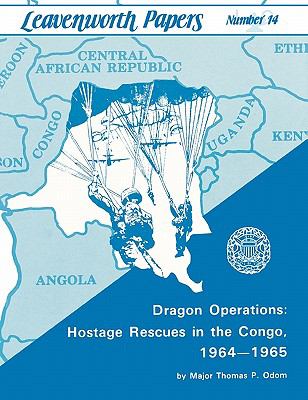
e-Book
|
Dragon operations : hostage rescues in the Congo, 1964-1965
Copies
0 Total copies, 0 Copies are in,
0 Copies are out.
Title
Dragon operations : hostage rescues in the Congo, 1964-1965
Call No
DT658.22
Digital Link
Subjects
Language
English
Published
Fort Leavenworth, KS : Combat Studies Institute, U.S. Army Command and General Staff College, 1988.
Publication Desc
1 online resource (xi, 224 p.) : ill.
ISBN
9781780390024
Series








